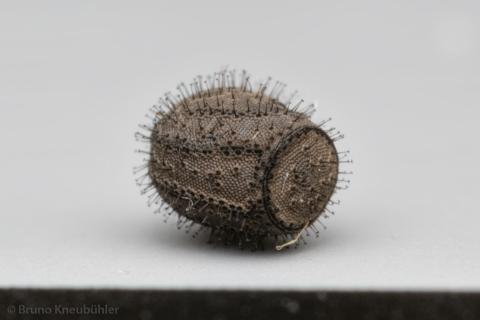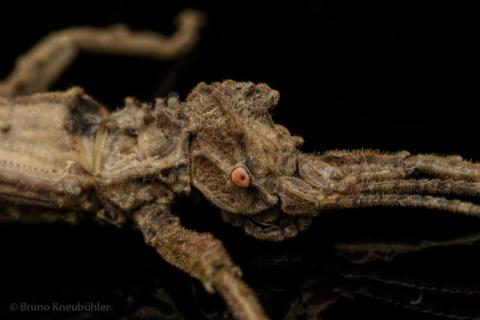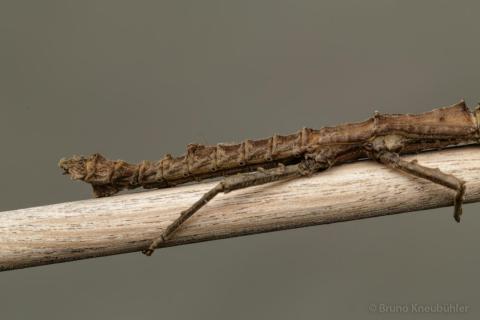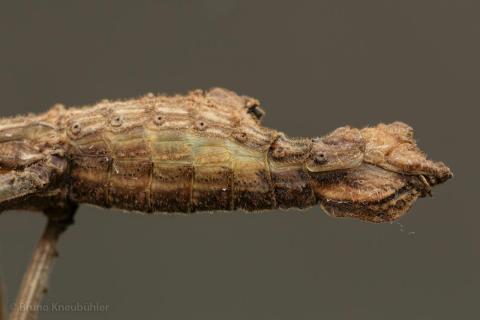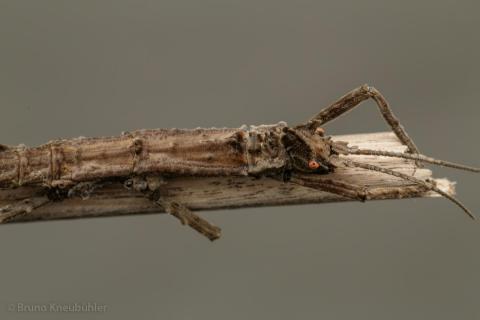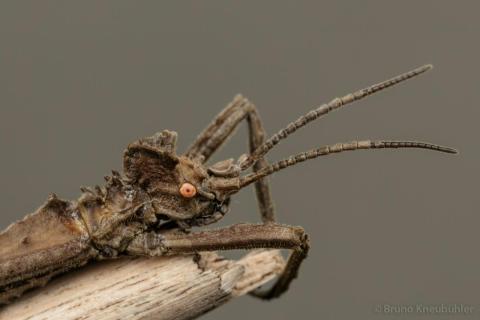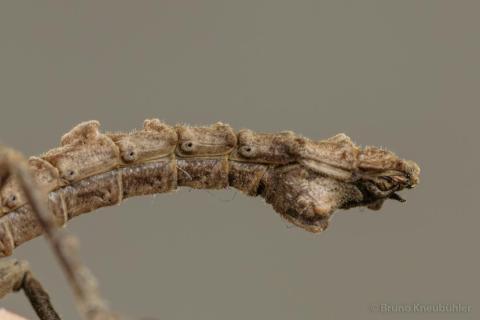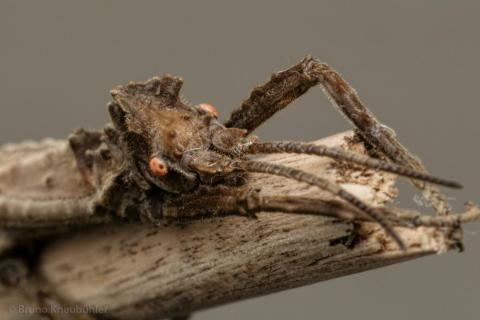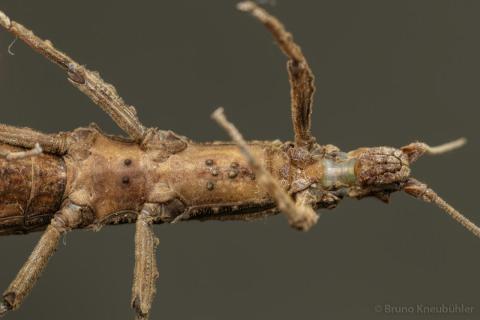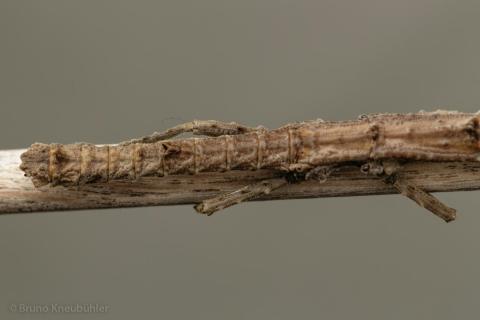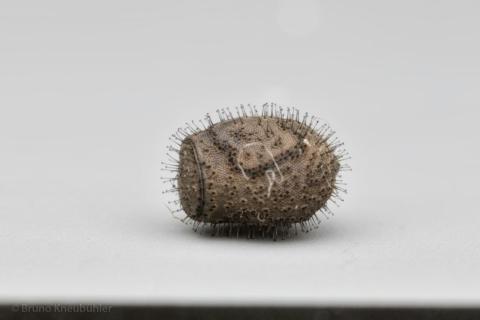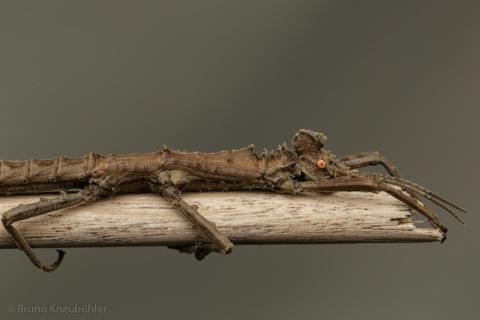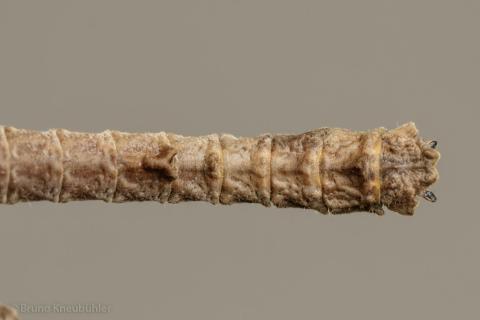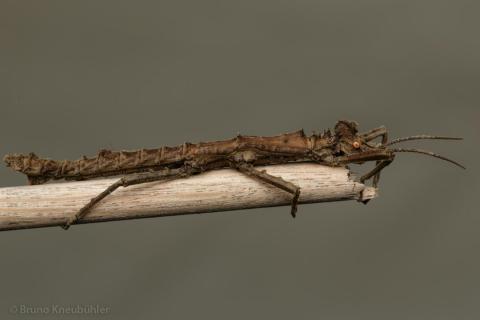
Genus
Species
Stock
CLP
752
PSG
245a
Culture status
In culture
Foodplants
Epipremnum sp.
Philodendron sp.
Dieffenbachia sp.
Breeding notes
(by Bruno Kneubuehler)
General Informations
- provenience: Sepilok Orangutan Rehabilitation Center near Sandakan, Sabah, Borneo
- ID by Francis Seow-Choen (SG)
- F1 CB culture in 2015 by Ian Abercrombie (GB)
- further taxonomical informations ➤ Phasmida Species Files
- this is a pure culture, and all serious breeders are requested to avoid mixing this culture with similar populations from a different provenience / location. When spreading this culture to other breeders, then always use the full name with provenience
- this culture has the number CLP 752 (Online Phasma Culture List)
Females
- very sturdy, small
- body length ≈ 4.5 cm
- females coloration is quite similar across individuals
- brown, bark-like, non-glossy coloration
- orange eyes
Males
- slender compared to the females, yet still quite sturdy, small
- body length ≈ 4.5 cm
- males are tendentially a tad smaller than females
- males coloration is very similar across individuals
- brown, bark-like, non-glossy coloration
- males tend to be a bit darker colored than the females
- orange eyes
Nymphs
- freshly hatched nymphs are light brown
- about 11 mm long
- on how to distinguish between male and female nymphs
Eggs
- ≈ 3.5 x 2.5 mm
- brown
- scaly, non-glossy surface
- all-around covered with about 0.5 mm long bristles
- each bristle has a double-sided hook at the end
- due to these hooks, these eggs cling like a bur seed to many surfaces
Food Plants
- Epipremnum (a very common indoor plant)
very well accepted by nymphs and adults - Philodendron
is well accepted (info by Philippe van der Schoor, NL) - Dieffenbachia
is well accepted (info by Philippe van der Schoor, NL)
Breeding, Behaviour
- easy to breed, and their food plant flourishes easily indoors
- active during the night
- during the day, the often hide under leaves on the ground
- they usually feign death when touched, rarely they try to crawl away
- a defensive spray has not been observed
- 1 or rarely 2 eggs per female and week
- incubation (Cup-Incubation-method, on medium damp vermiculite) about 3.5 - 4.5 months at 20 - 24 °C
- it is quite common that phasmid nymphs hatch weeks or even months after the first nymphs - from the very same batch of eggs
- eggs can be covered with vermiculite (about 10 mm high), which makes it easier for the nymphs to hatch without getting stuck in the eggs shell
- eggs of this species are not prone to get mouldy
- nymphs hatch during the night
- small nymphs can be kept in a Faunabox (or a similar cage), which shall not be too small
- opening of jar / bottle with food plants must be covered with something (paper towel or aquarium filter wool), otherwise they will drown
- keep a constantly wet paper towel on the bottom of the cage
- one can spray them regularly with chlorine-free water, but allow the water to dry up before spraying again
- provide a cage of about 20 x 20 x 20 (cm, L x B x H) for 3 - 4 adult couples
- males will be adult after 5 - 6 months (at 20 - 24°C), females after 6 - 8 months



